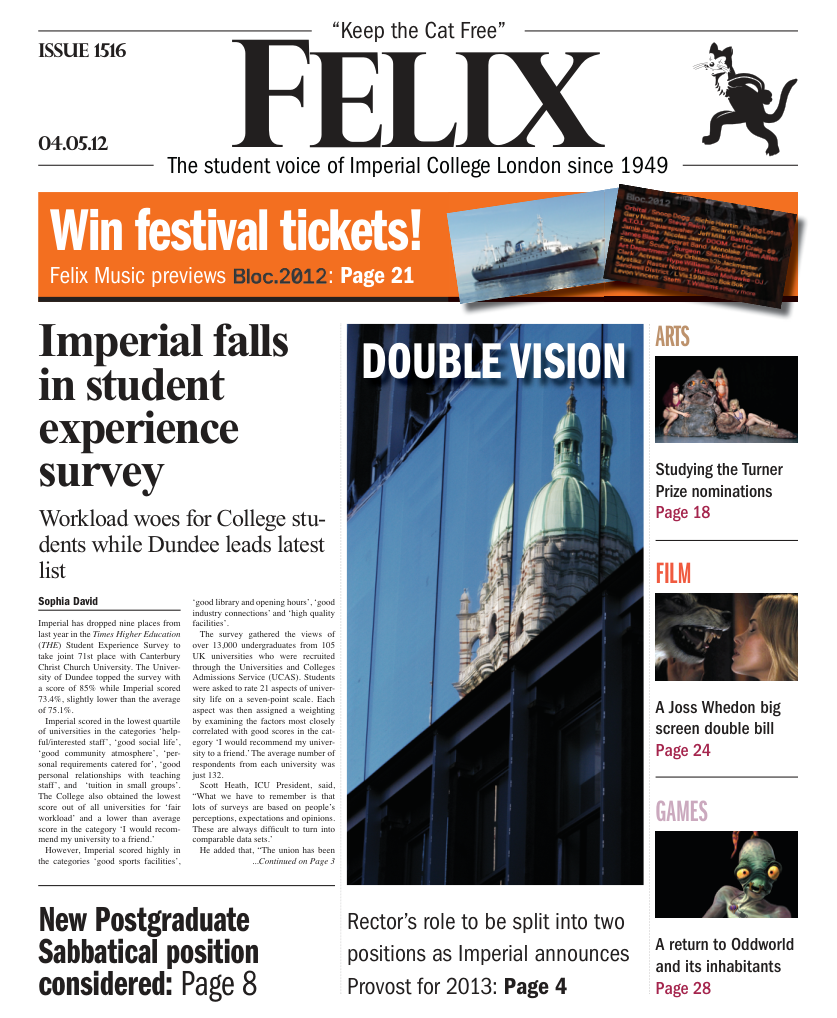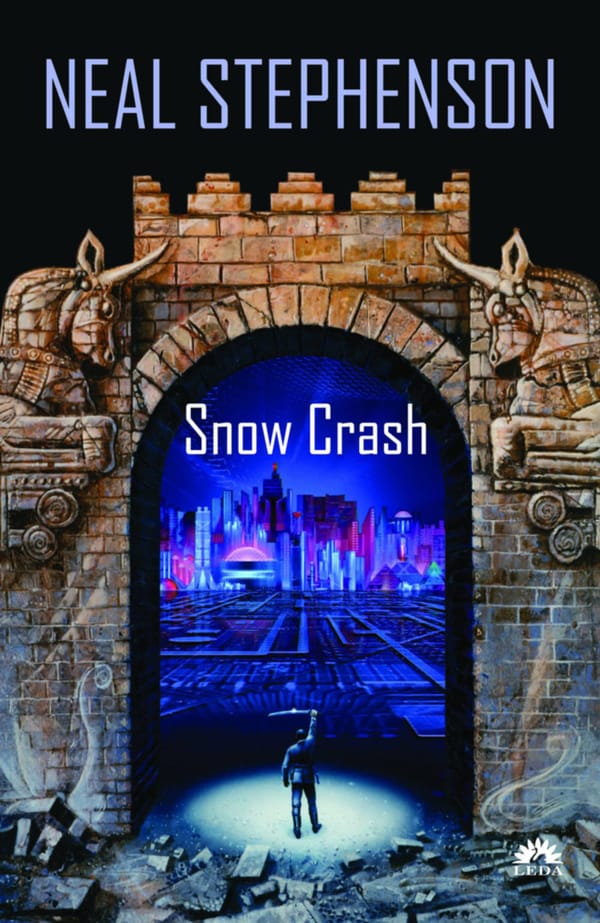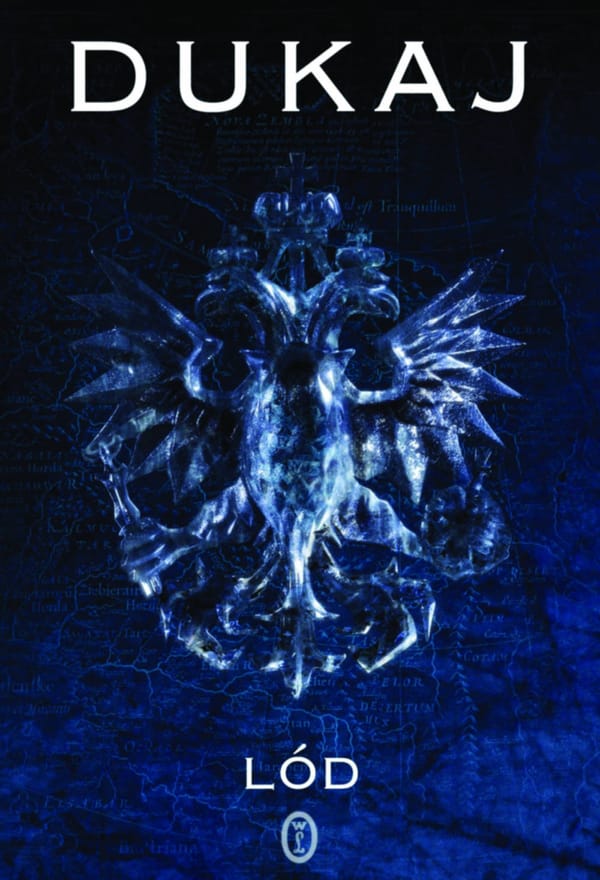Alastair Reynolds’ Pushing Ice
A modern hard SF classic
While hard SF writers such as Asimov are some of the best known names in science fiction I feel that the sub-genre has been somewhat neglected of late. There are of course, several exceptions, some of the most notable of which have to be the works of Alastair Reynolds.
While best known for his Revelation Space series I first got acquainted with Reynolds through his stand-alone novel Pushing Ice. Set in the 2050s, when massive corporations use manned spacecraft to mine comets the novel follows the crew of one such vessel, the Rockhopper, who are ordered away from their latest job on an extraordinary mission. Janus, one of Saturn’s moons, has broken free of its orbit, revealing itself as a giant alien vessel, and the _Rockhopper _is the only human ship in range that can intercept and examine it.
The novel shows the clear influence of Arthur C. Clarke’s Rendezvous with Rama and, though it might be a slight spoiler to say so, Poul Anderson’s Tau Zero. As well as similar plot elements there exists in all three novels a great sense of the wonder of the unknown, one of the cornerstones of good hard SF. A major difference, however, also soon makes itself abundantly clear. While the protagonists of the two older novels were pretty much the best people to face the challenges they encountered it soon becomes clear how out of their depth the crew of the _Rockhopper _really is. Combined with the corporately ruled world of Pushing Ice, as compared with the more idealistic settings of the previous two novels, this leads to a great deal more interpersonal conflict. While this is taken too far in some places, with the character Svetlana Barseghian in particular coming off probably far more petty and dislikeable that Reynolds intended, you do get a feel that this is how real people would behave if placed in the extraordinarily difficult situations presented here.
Another difference is that, unlike the other two novels,_ Pushing Ice_ depicts direct contact between humans and various different alien species. This is brilliantly realised, with the aliens being wonderfully weird – Reynolds having avoided the mistake of many lesser sci-fi writers who make their aliens far too human, whether in appearance or behaviour. My only complaint on this aspect of the book is that the various alien cultures encountered could have been explored far more deeply. Together with the somewhat open ending this means that, though one isn’t strictly necessary, this is one book where I certainly wouldn’t mind a sequel.
Pushing Ice is a brilliant read, one that I literally couldn’t put down, and I can recommend it to you all, whether you are already fans of hard SF or not.









